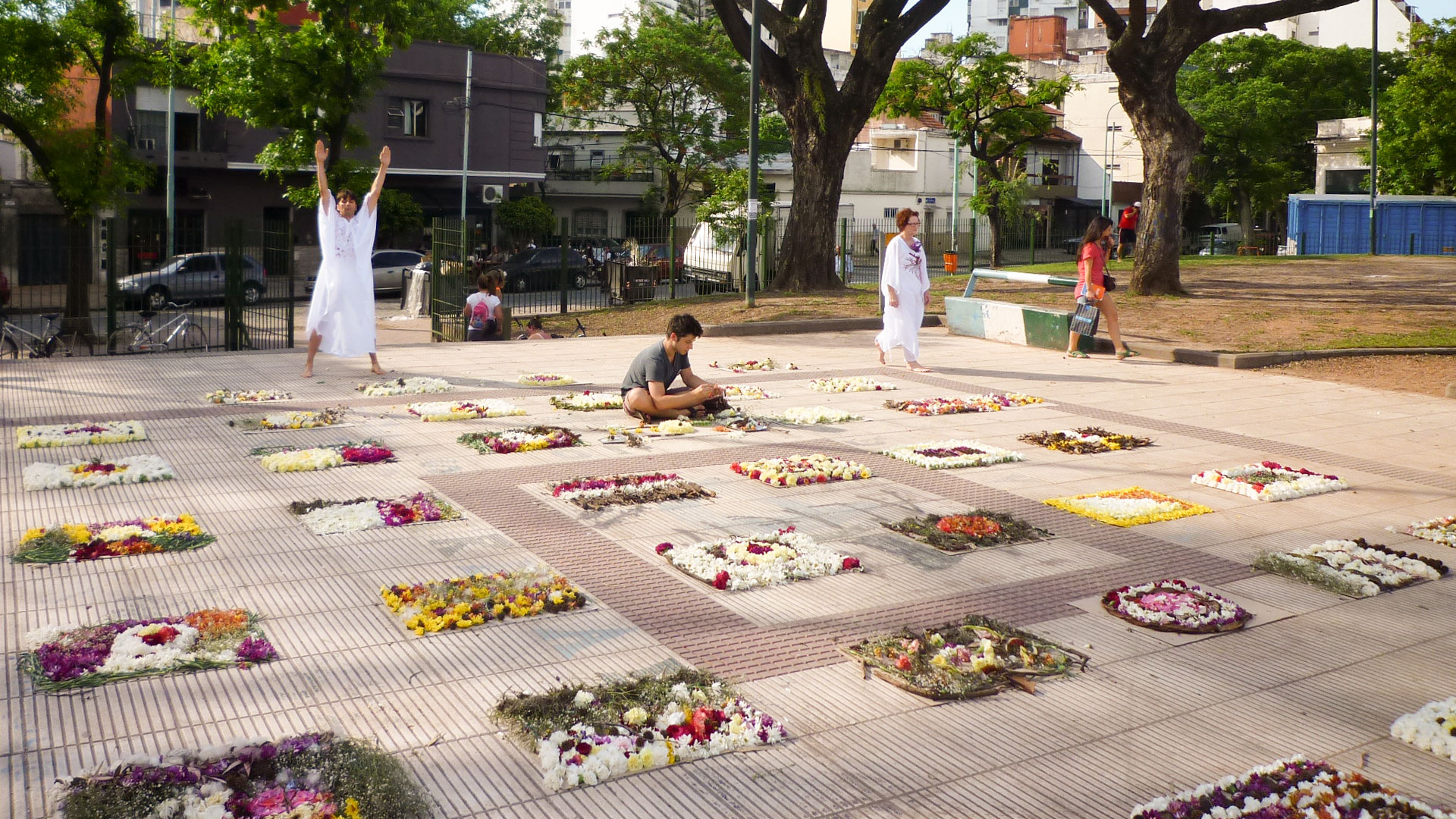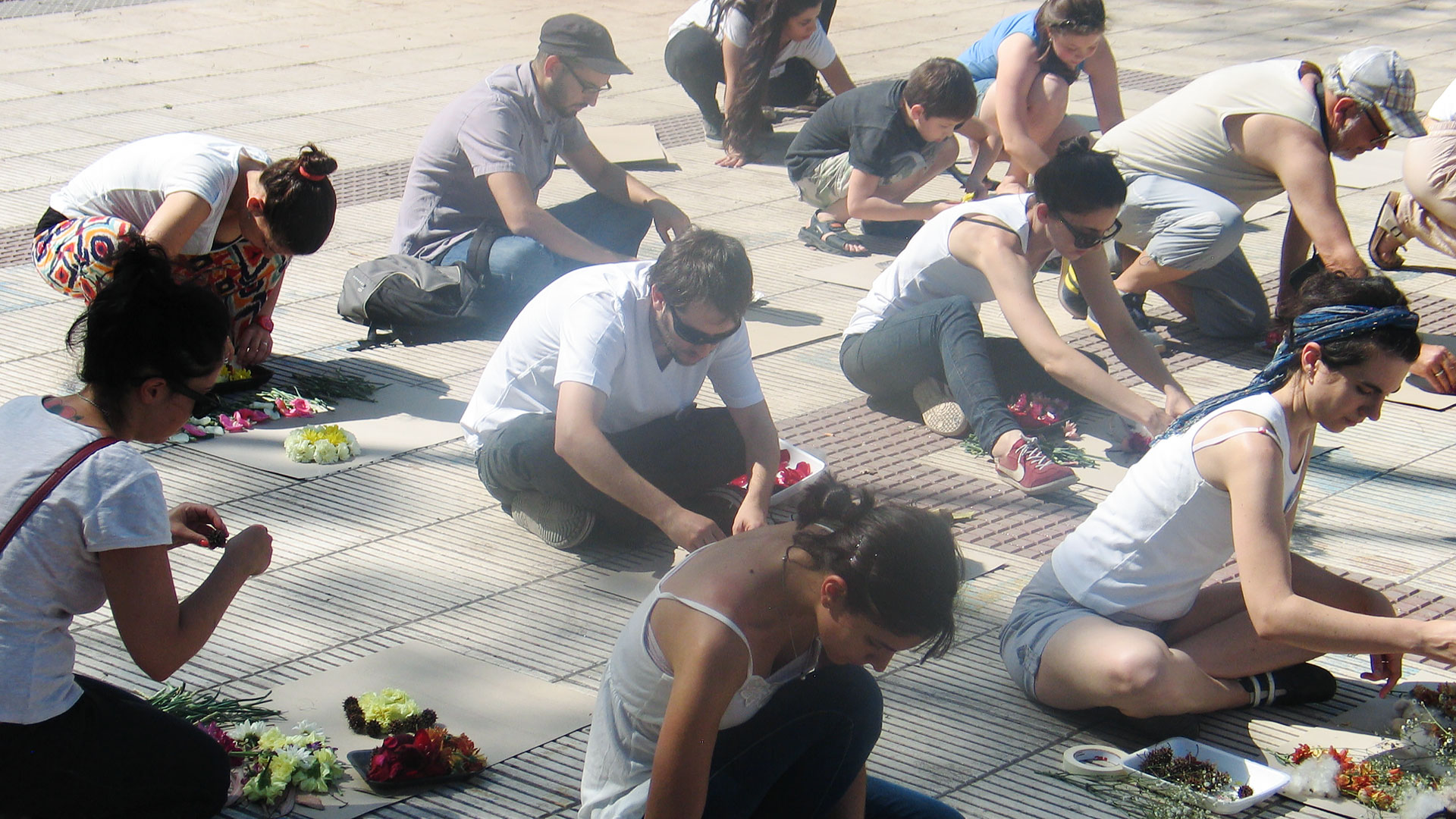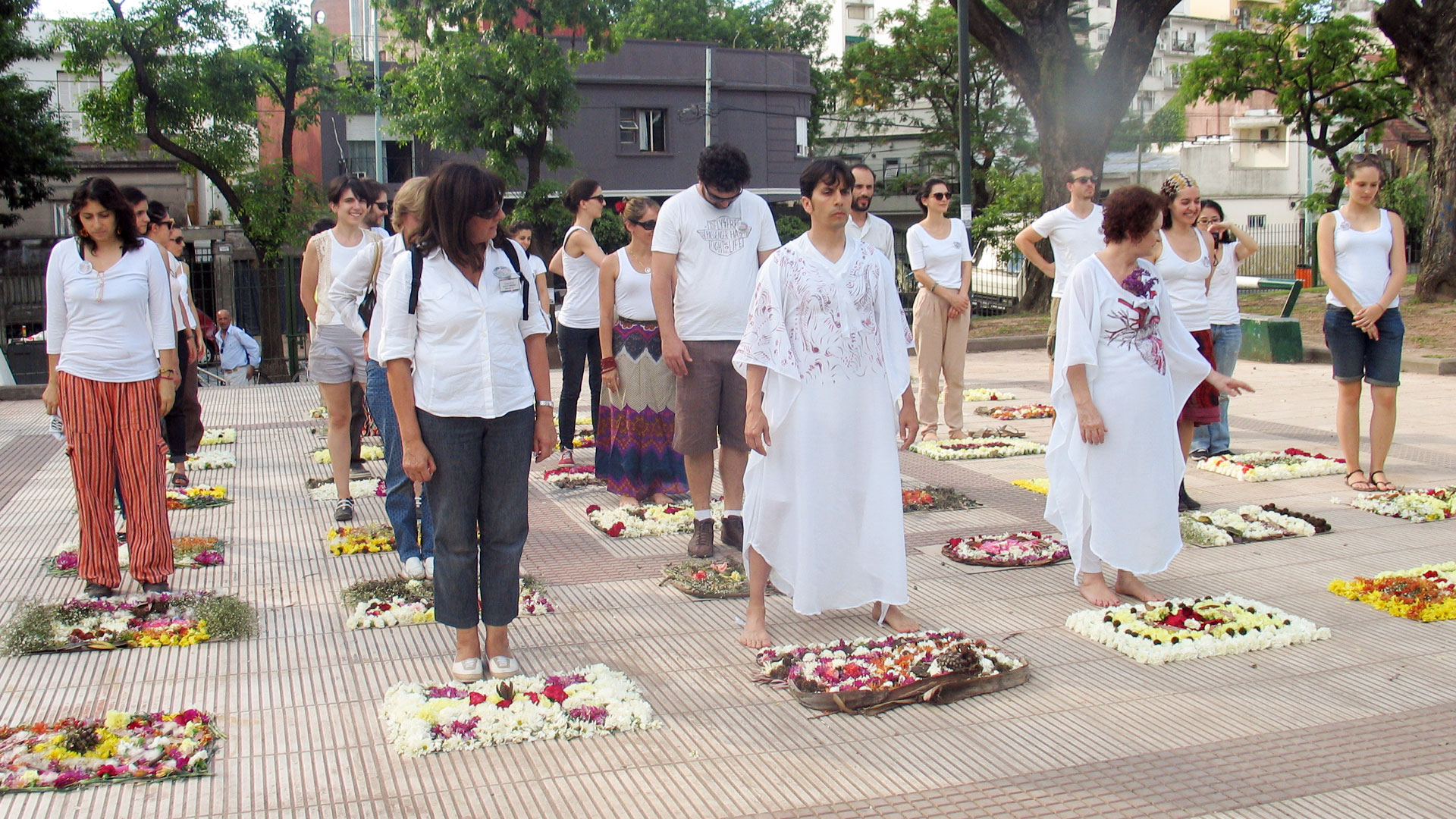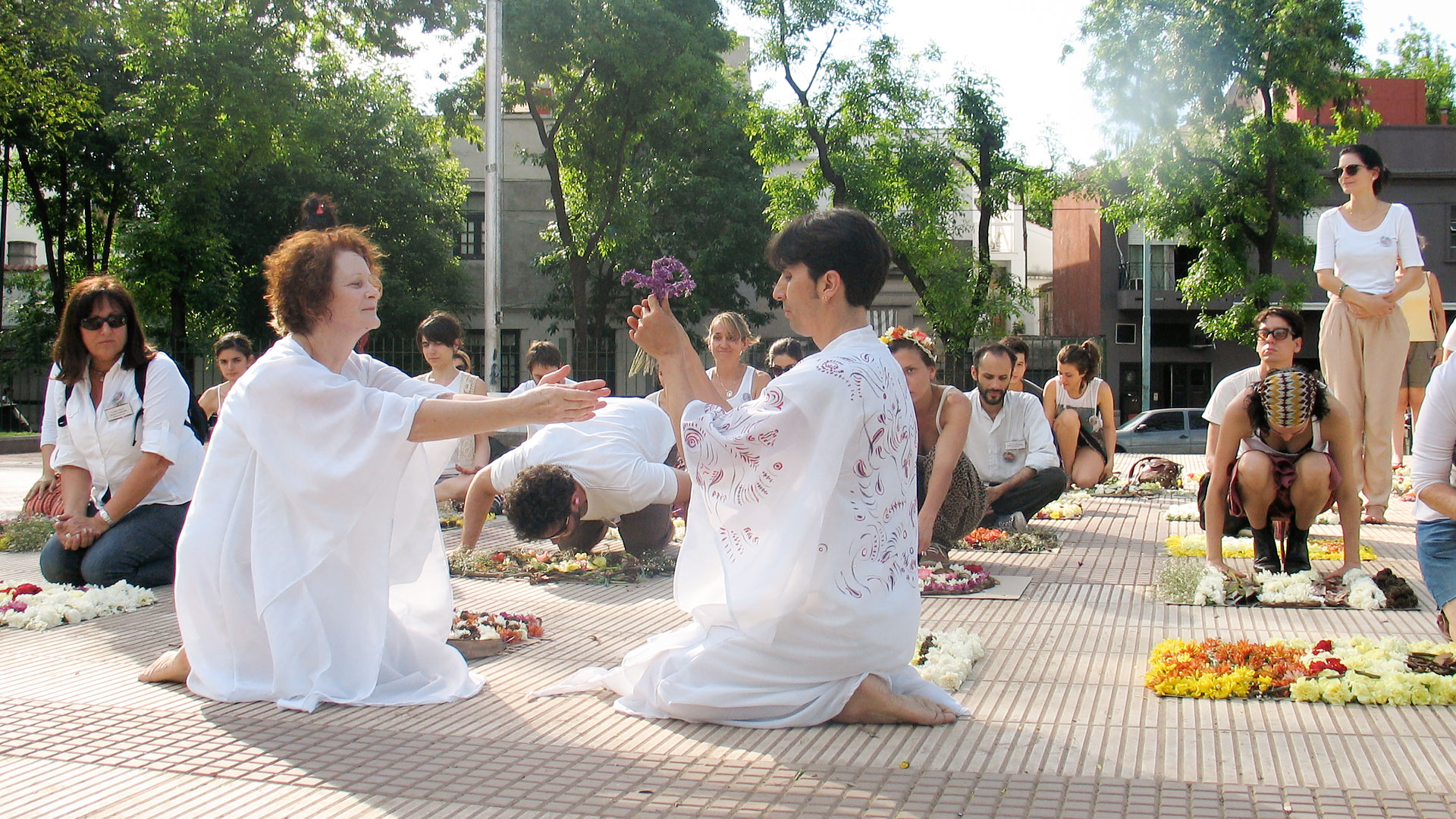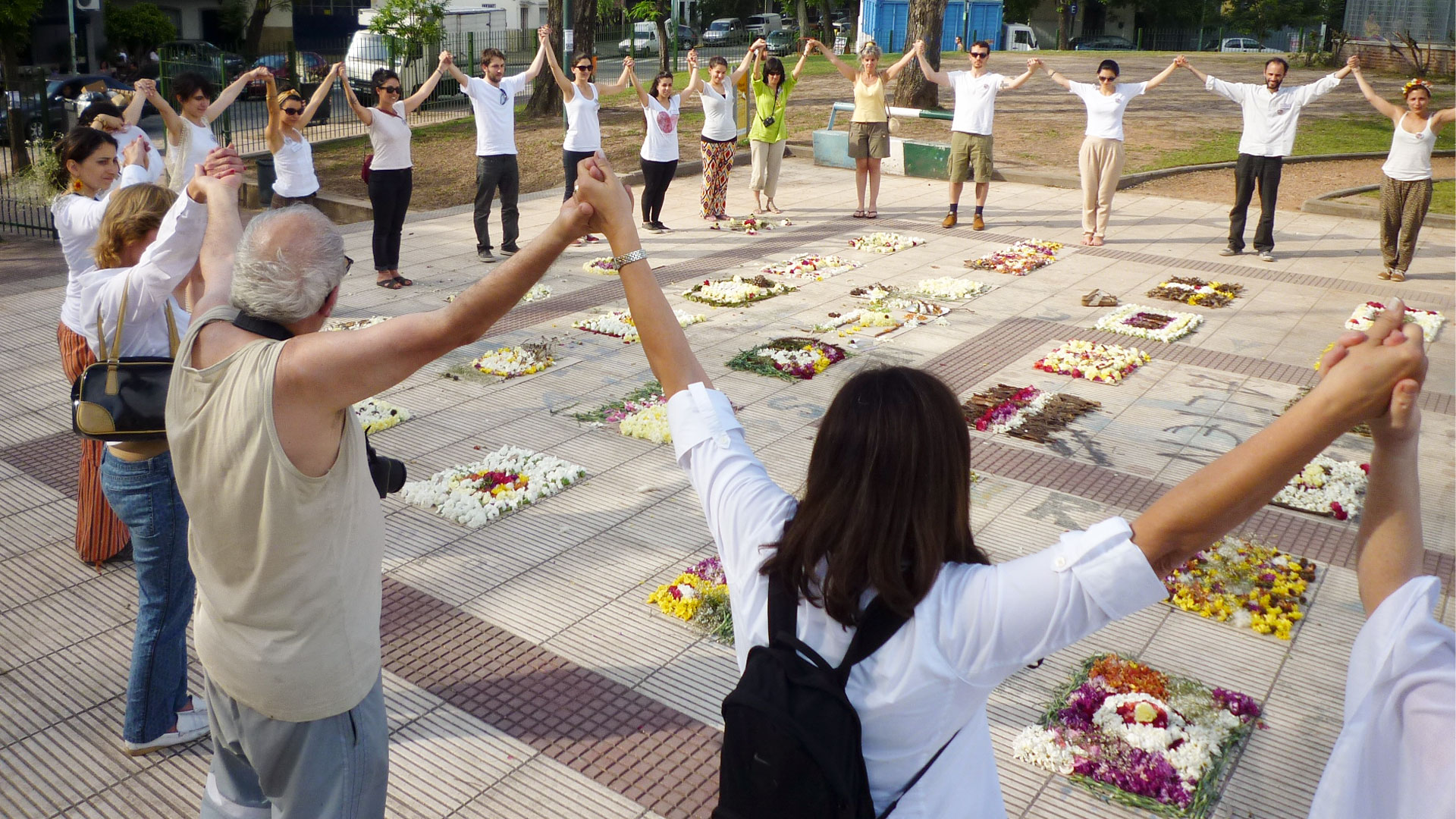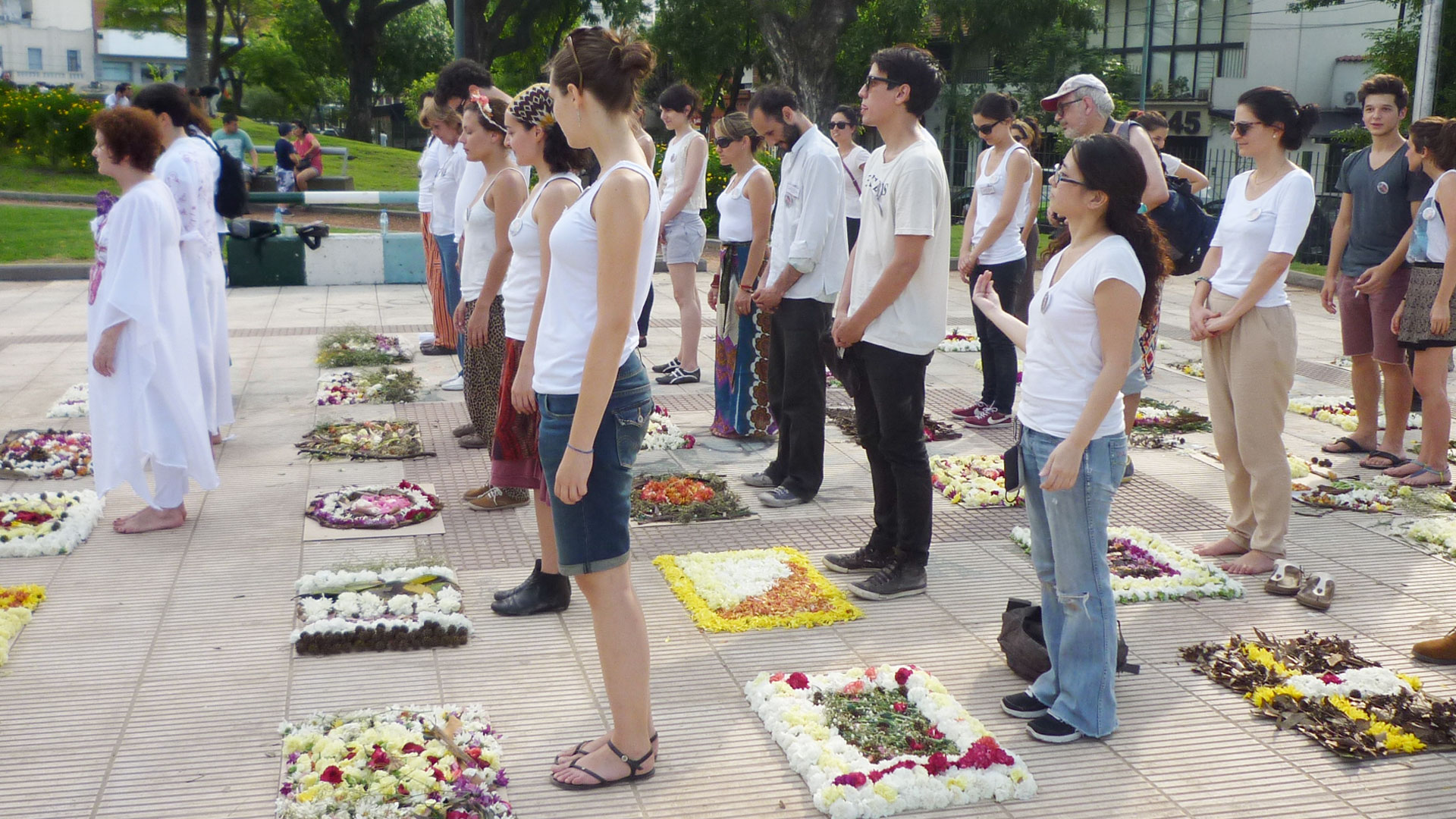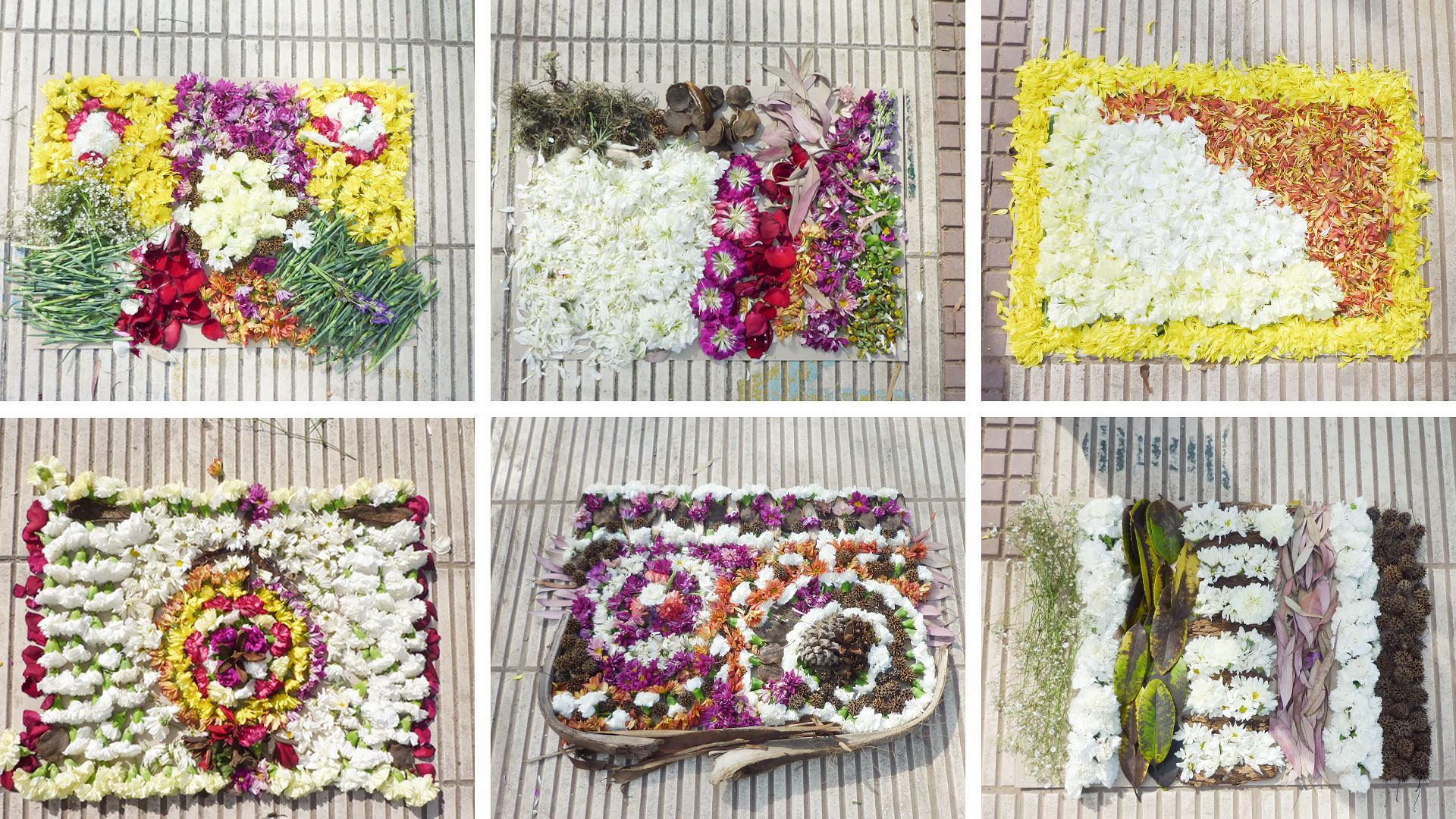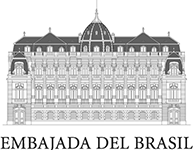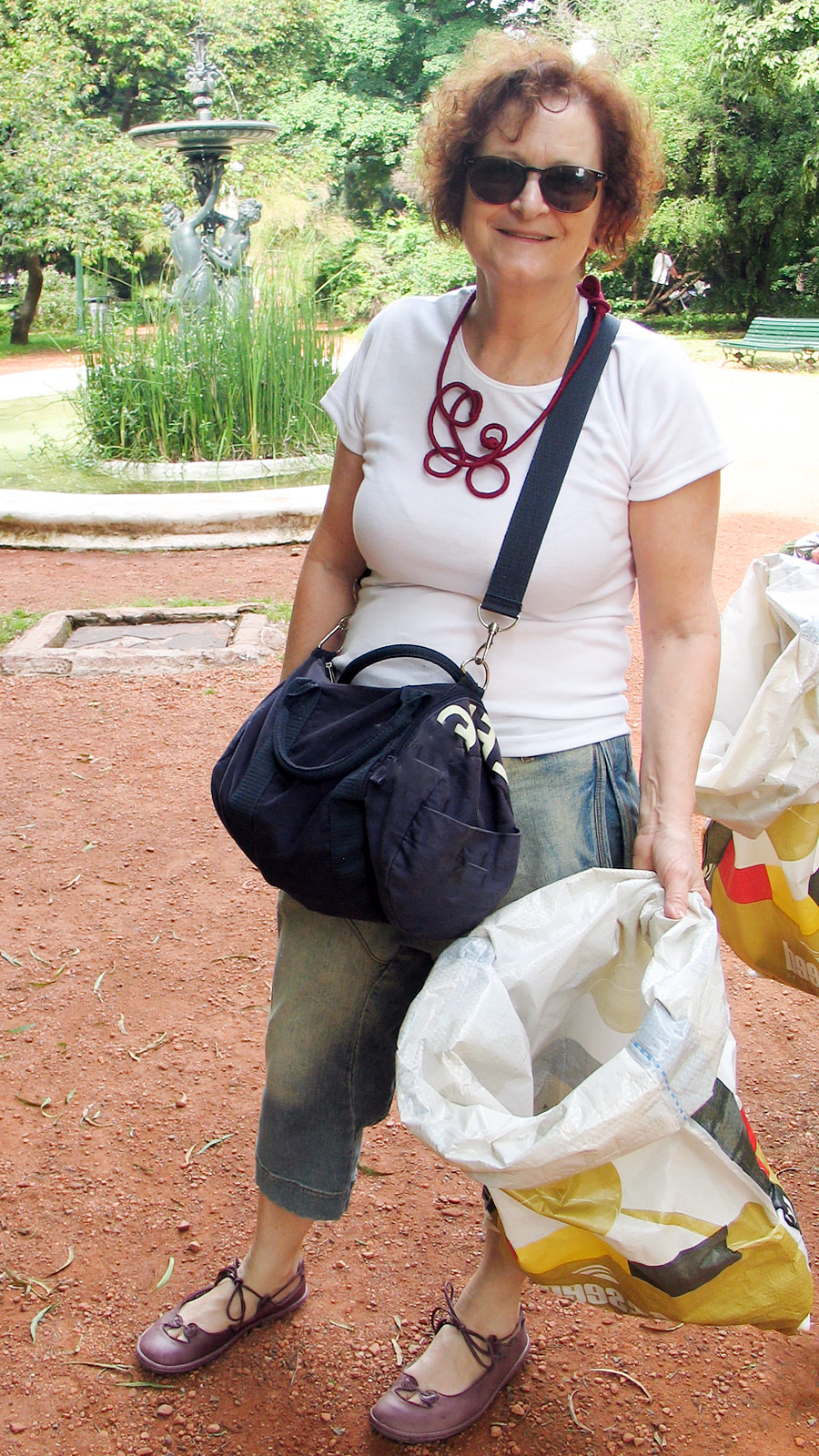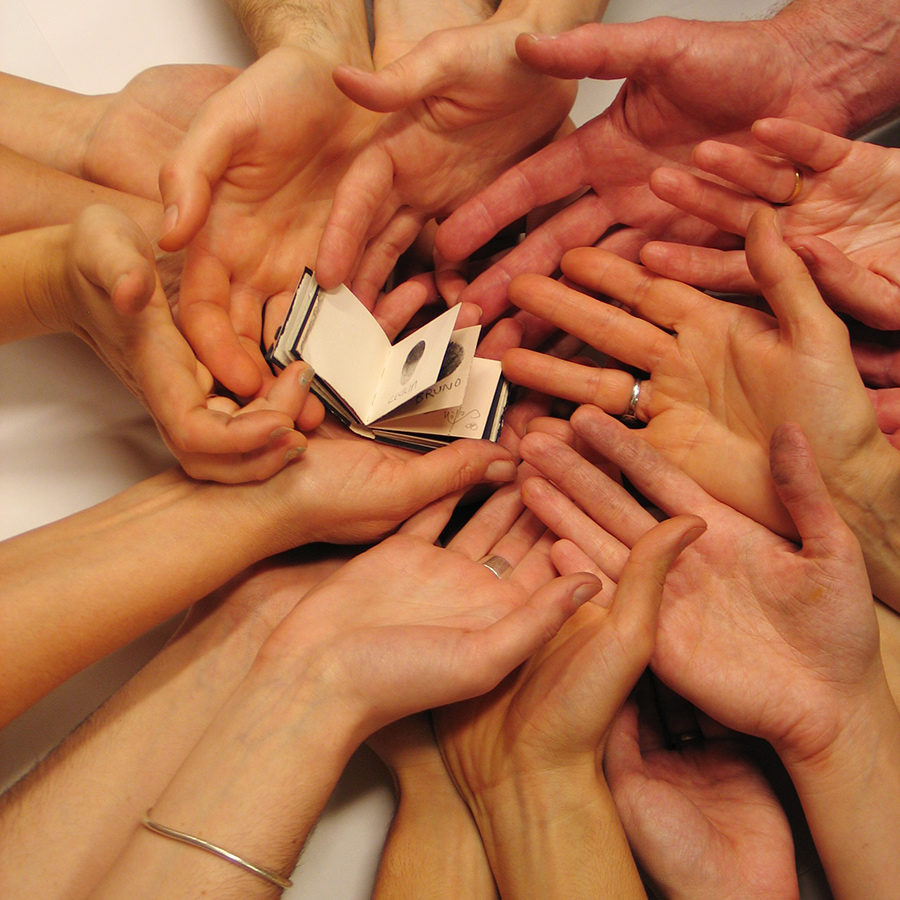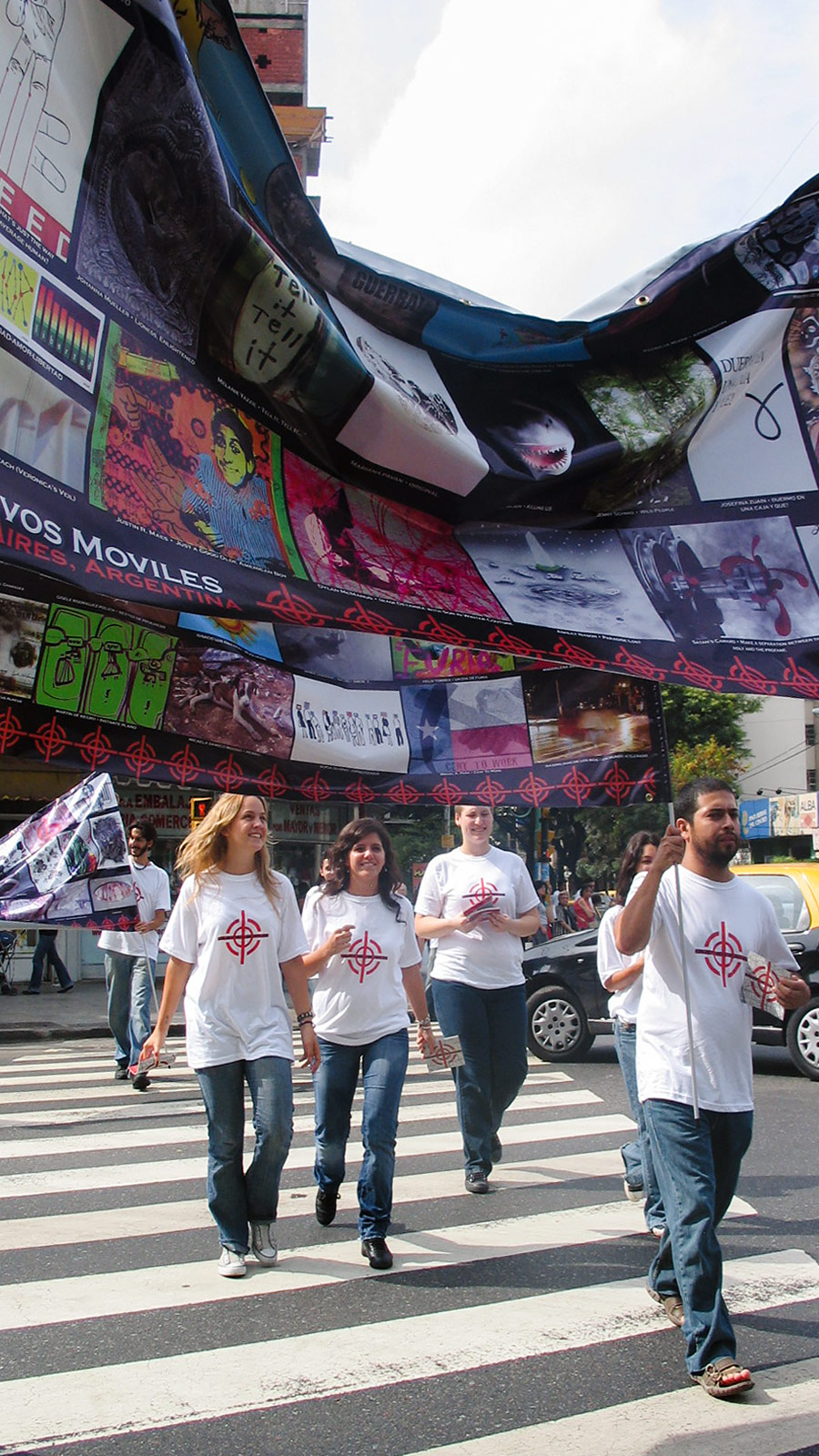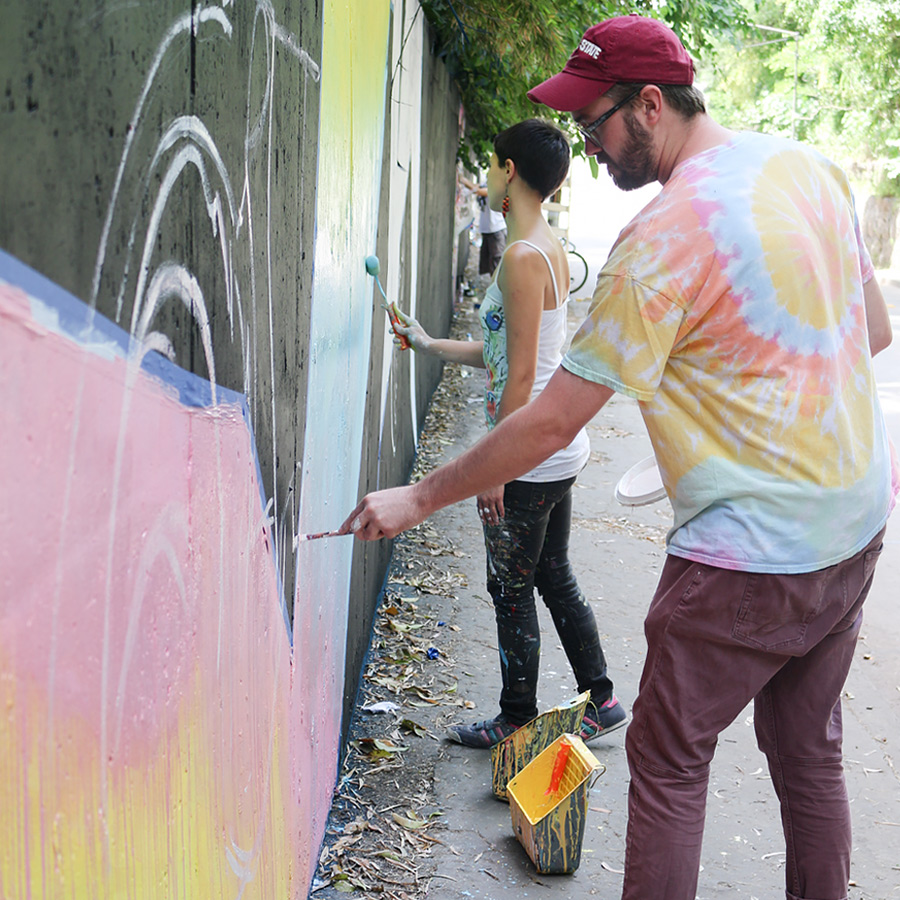Activities
Encounters
Como Meca [Rugs]
Public-intervention-performance art
03.11.12
On November 3rd 2012, the public-intervention-performance art proposal that the artist Cecilia Stelini (Brazil) developed during her residency in ´ace was held in Plaza San Miguel de Garicoits in the Barrio de Colegiales.
There were many participants present besides the artist: a group of people traveled from Brazil especially for the project (among which was the critic and curator Paulo Klein), the ´ace team, volunteers, artists and residents of the neighborhood of Colegiales. In addition, the artist César Forero (also in residence in ´ace) participated in the action and performance and Noelia Andía who worked in the pre-production of the intervention had an outstanding participation.
Como Meca [Rugs], is an artistic intervention project on a public space which established contact bridges (through work with interventions and performances) that highlighted the power of artistic language to establish notions of care and preservation in the community environment (both public green spaces and nature in general), investigating the polarities between matter / spirit, perennial / ephemeral, devastated / preserved, abandoned / cared for, male / female, sacred / profane, ordered by means of the elements selected natural to perform them.
ABOUT Como Meca [Rugs]
The project Como Meca [Rugs] had the purpose of working with a group of people associated by a common interest (in this case of caring for the environment) in an artistic intervention (public art) that consisted of the construction of individual rugs with the use of natural materials (flowers, branches, fruits) previously collected in public spaces.
The idea of this practice was to bring to a common space (in this case the plaza) the condition of a personal and collective preserved-sacred space, enabling its experience with almost fifty people who participated, and transferring the concept of the need to consider nature as a space that must be protected and respected.
The project sought to provide new perceptions of the public spaces of the city and therefore transform those spaces and the attitude of people towards them as well as achieve an exchange (of experiences, energies and knowledge) with a group of people of different sexes, religions and ages when sharing the realization.
